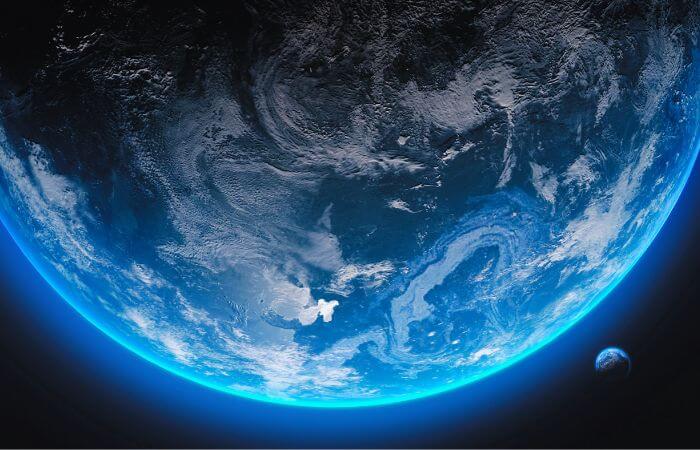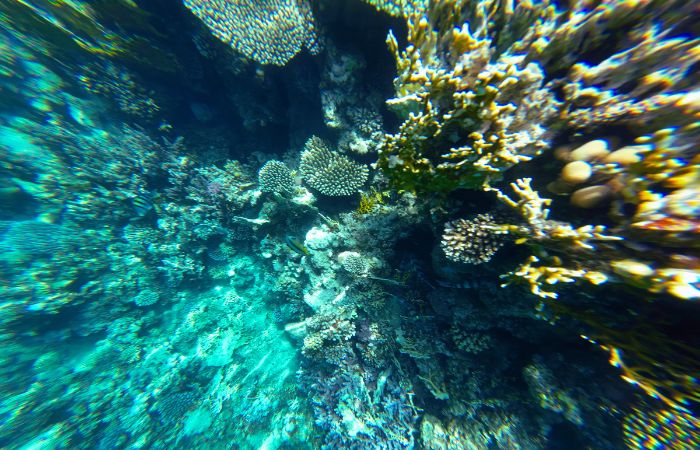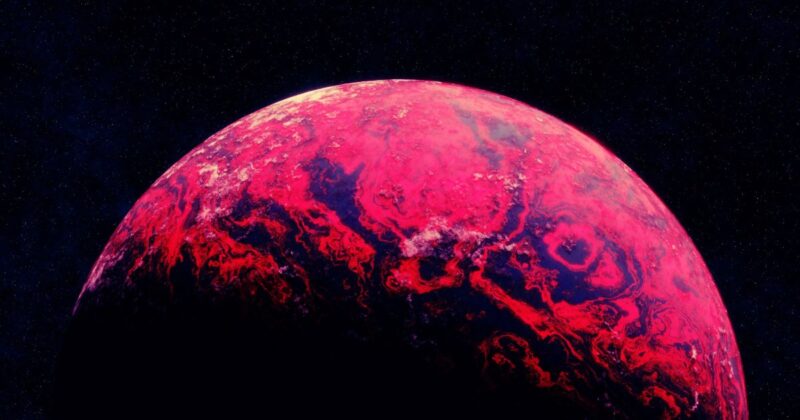Hi! It’s konkaz (@konkazuk).
The other day, when I was scrolling through Instagram, I came across a post saying that ”ocean acidification” has finally crossed the ‘Planetary Boundaries‘ and entered the danger zone.
I instantly understood how serious that meant, but at the same time I thought, what exactly are “Planetary Boundaries”? So, in this post, I’d like to take a closer look at what they actually mean.
What is Planetary Boundaries?

🔹 What the Planetary Boundaries are?
First of all, the term “Planetary Boundaries” can be translated into Japanese as “the limits of the Earth’s environment”.
This concept was introduced in 2009 by Swedish environmental scientist Johan Rockström and his colleagues.
It defines, in scientific terms…
The boundaries within which humanity can operate safely without destabilising the Earth system.
In other words, once these boundaries are crossed, the planet may experience large-scale and rapid environmental changes that human intervention can no longer reverse.
🔹 The nine environmental thresholds
In order for humanity to maintain a stable society without exceeding the limits of Earth’s systems, the Planetary Boundaries framework defines “nine key boundaries“.
▪️Climate Change
Greenhouse gases from human activities raise global temperatures, leading to more extreme weather, melting glaciers, and major impacts across the planet.
▪️Biosphere Integrity
The rapid extinction of many species disrupts ecosystems, breaks down food chains, and weakens nature’s ability to recover.
▪️Land-System Change
Deforestation and urbanisation reduce natural land, weakening ecosystems and lowering the planet’s ability to absorb carbon.
▪️Freshwater Change
Overuse of rivers and groundwater leads to water shortages, affecting ecosystems, agriculture, and even our daily water supply.
▪️Biogeochemical Flows
Excess use of nitrogen and phosphorus in fertilisers pollutes water, causes eutrophication in lakes and oceans, and disrupts Earth’s nutrient balance.
▪️Introduction of Novel Entities
Human-made chemicals — including plastics, heavy metals, and PFAS — are accumulating in the environment and creating new risks to Earth’s systems.
▪️Ocean Acidification
As the ocean absorbs too much CO₂, seawater becomes more acidic, damaging corals, shellfish, and other organisms with calcium-based shells.
▪️Atmospheric Aerosol Loading
An increase in tiny airborne particles (aerosols) affects climate and rainfall patterns and can harm human health.
▪️Stratospheric Ozone Depletion
Chemicals like CFCs destroy the ozone layer, allowing more UV radiation to reach Earth and harming humans and ecosystems.
Once one of these nine boundaries is crossed, it’s said that the risk of crossing the others increases as well.

When I first learned about the Planetary Boundaries framework, I was shocked to find out that six of the nine boundaries had already been crossed. In particular, biodiversity loss, novel chemical pollution, disruptions in nitrogen and phosphorus cycles, and climate change were all far beyond their safe operating limits! I was stunned… and now, this year, there is even more troubling news…
Ocean Acidification

According to the latest Planetary Health Check 2025 report, scientists have determined for the first time that the ocean acidification boundary has officially been breached.
In other words, we have moved from a stage where conditions were still barely within the safe zone into one where we have now entered the danger zone.
This reveals that seven of the nine planetary boundaries are now beyond their safe thresholds!
According to the analysis, the surface pH of the oceans has dropped by around 0.1 since the Industrial Revolution.
It might sound like a tiny change, but in reality it means the ocean has become 30–40% more acidic — a huge shift that causes serious harm to marine life.
🔹 Ocean acidification and multiple environmental threats
As I mentioned earlier, ocean acidification progresses as the CO₂ emitted from burning fossil fuels is absorbed by the ocean.
When the ocean becomes more acidic, it affects creatures like shellfish and corals that rely on calcium to build their skeletons, posing risks to ecosystems, food webs, and even climate regulation.
The report also points out that it’s not just acidification that’s getting worse — changes in land use, freshwater use, the rise of new chemicals like plastics, and the ongoing loss of biodiversity are all intensifying.
And because these issues interact with each other, they’re pushing the planet in an even more dangerous direction.
🔹 Have all coral reefs died in every ocean?
So, about corals, which many people are worried about because they’re home to so much marine life, it turns out they haven’t completely disappeared from the world’s oceans.
In David Attenborough’s film “Ocean with David Attenborough“, released this spring, scenes of destructive fishing practices like bottom trawling and large-scale coral bleaching caused by rising sea temperatures were documented.
It was obvious that marine ecosystems, including coral reefs, were facing a severe crisis. However, there was also a hopeful message that some marine protected areas were beginning to show signs of bouncing back.

In addition, initiatives linked to the film, such as “Revive Our Ocean“, are encouraging the expansion of marine protected areas and the creation of “No Go Zones” where human activity is prohibited.
So corals haven’t totally “died out”, but in places where the major stress factors such as warming oceans, acidification, nutrient pollution, and algal overgrowth are still present, it’s really hard for them to bounce back.
Even within protected areas, it’s impossible to fully block outside influences like ocean currents, warming waters, or drifting debris.
That’s why achieving long-term and stable recovery will require a wide range of continued measures from multiple angles.
In Conclusion

From everything we’ve seen, I think it’s clear that Earth’s systems are already in a very serious state.
Given the situation, this is not a time for businesses to compete purely for expansion, for countries to prioritise only their own interests, or for individuals to say “there’s nothing I can do” and remain inactive.
Finally, I’d like to feature the “TED Talk” by Johan Rockström, the Swedish environmental scientist I mentioned at the beginning.
Please take a moment to watch it.
Even the smallest actions count, and we should all begin moving forward with the next generation firmly in mind.
Until next time,
konkaz
*You can read this blog post in Japanese from the link below.
👉 Planetary Boundariesで知る地球の危機|海洋酸性化が初めて越境!

